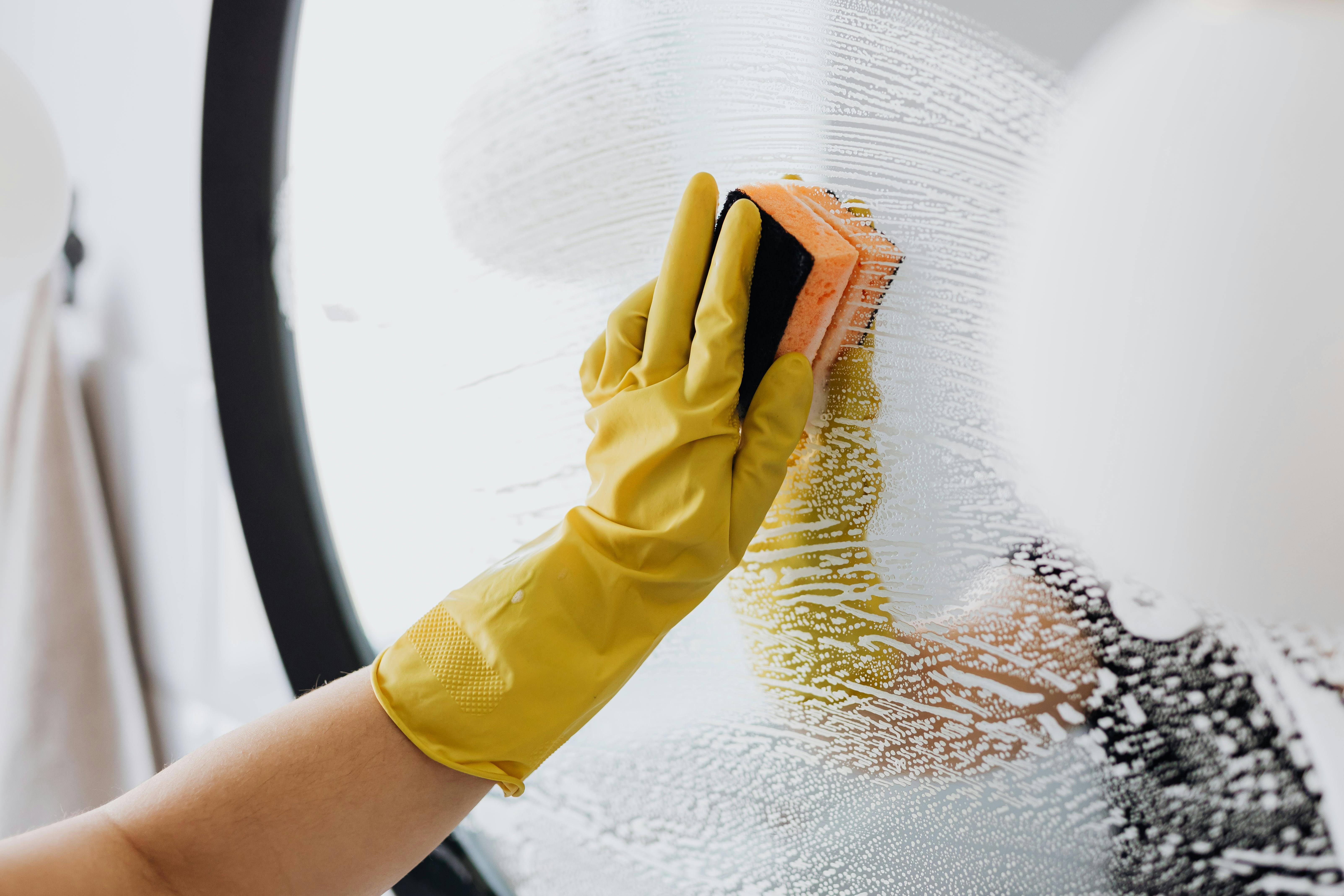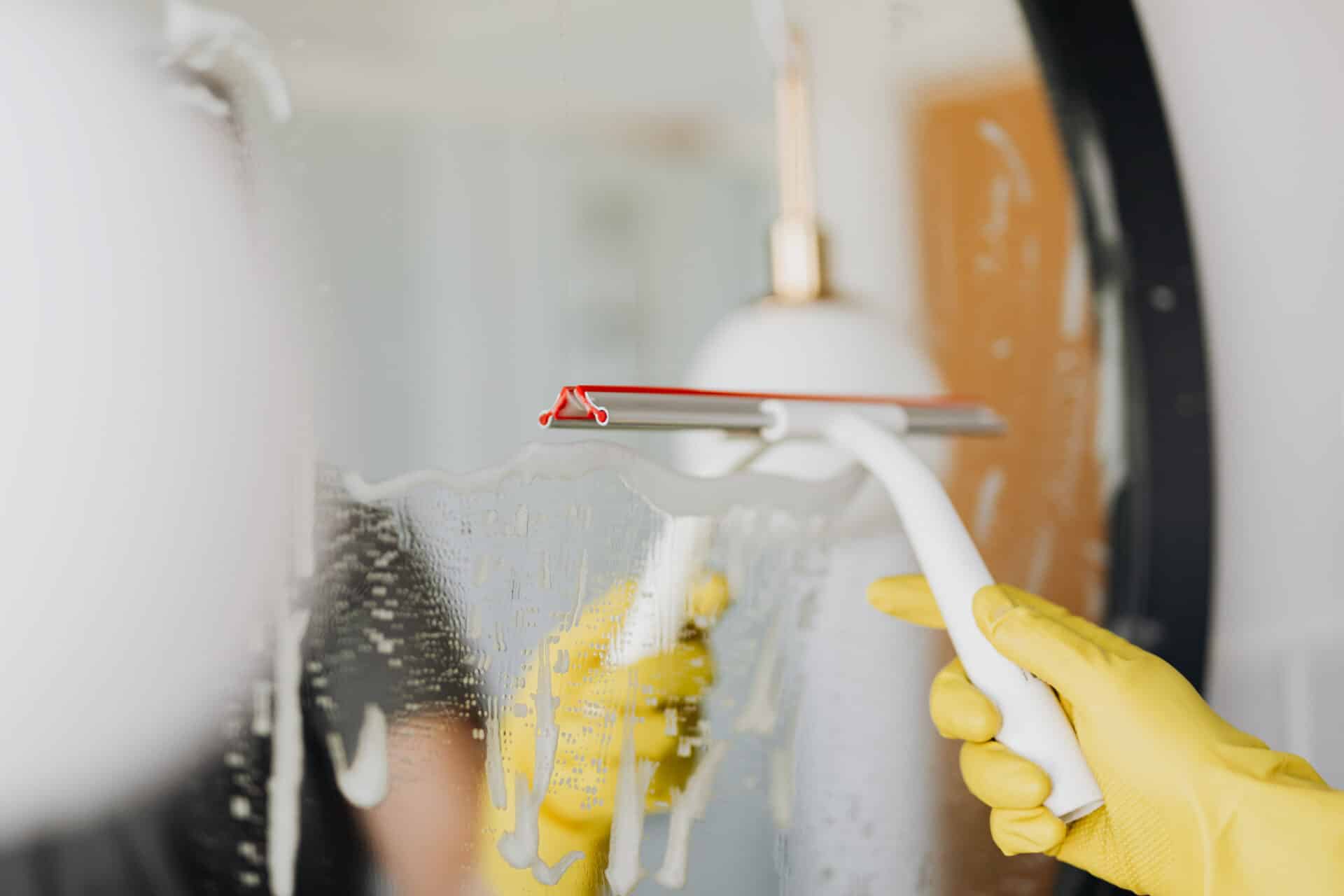Distillation is a process used to separate and purify liquids from solids or other liquids. It is one of the oldest methods of purification and can be used to remove PFAs (per- and polyfluoroalkyl substances) from water. PFAs are a group of man-made chemicals that include both perfluorooctanoic acid (PFOA) and perfluorooctane sulfonate (PFOS), which have been linked to various health risks. In this article, we will discuss how distillation works and whether it can effectively remove PFAs from water.PFAS (Per- and Polyfluoroalkyl Substances) are a group of man-made chemicals that have been used in a wide variety of industries and consumer products since the 1940s. PFAS are resistant to heat, water, and oil, making them attractive for use in products such as non-stick cookware, food packaging, stain repellents, and firefighting foam. They can also be found in common household items such as carpets, cosmetics, and cleaning products. Unfortunately, PFAS do not break down easily in the environment and have been linked to health concerns such as cancer, thyroid disorders, birth defects, and decreased fertility.
Distillation
Distillation is a process of separating liquids from a mixture by using evaporation and condensation. It is used to purify liquids by removing solid impurities and other substances that may be harmful. The process involves boiling the mixture in a container, collecting the vaporized liquid, and then condensing it back into a liquid state. Distillation can also be used to separate different substances from each other based on their boiling points. This is accomplished by adjusting the temperature of the mixture and collecting the various components as they reach their boiling points. Distillation has been used for centuries to make beverages such as whiskey and brandy, as well as other products such as essential oils and medicines.
The process of distillation involves heating the mixture to its boiling point and then capturing the resulting vaporized liquid. The vapor is then cooled so that it condenses back into a liquid form which can be collected separately from the original mixture. This process can be repeated multiple times in order to increase purity levels of the final product. Depending on the type of distillation being performed, there are several methods available to achieve this including fractional distillation, steam distillation, vacuum distillation, and others.
The process of distillation is used in many industries including food production, pharmaceuticals, cosmetics manufacturing, and fuel production among others. It is an important tool for producing high-quality products with minimal impurities or contaminants. Additionally, it can also be used for creating products with specific characteristics such as alcohol content or flavor profile.
Distillation
Distillation is a process used to purify or separate liquids by means of evaporation and condensation. Distillation works by heating up a liquid until it evaporates, then condensing the vapor back into a liquid. This process can be used to separate components of a mixture, such as water and ethanol in alcoholic beverages, or to purify a single component, such as in the production of essential oils. In order for the distillation process to work effectively, it is important that the boiling points of the liquids being distilled are different from one another.
How Does Distillation Work?
The distillation process begins with heating up the liquid mixture until it reaches its boiling point and evaporates. The vapor is then collected and cooled so that it condenses back into a liquid state. This condensed liquid will contain only those components from the original mixture that had lower boiling points than those of other components. The remaining components remain in their original liquid state and are discarded as waste. The newly collected liquid is then further purified through repeated distillation cycles if necessary.
Distillation is an extremely useful process for purifying liquids that may contain multiple compounds with different boiling points, such as in fuel production or chemical manufacture. It can also be used to create essential oils and perfumes from plant materials, as well as to produce alcoholic beverages. Overall, distillation is an effective way of separating mixtures or purifying single substances when boiling point differences exist between them.
Are PFAS Removed During Distillation?
PFAS, or per- and polyfluoroalkyl substances, are a family of synthetic chemicals that are found in many everyday products. These chemicals can be difficult to remove from water, and distillation is one of the methods used to do so. However, the effectiveness of distillation in removing PFAS depends on the type of distillation process being used.
In traditional distillation processes, which involve boiling water and then condensing it back into liquid form, PFAS are not completely removed from the water. This is because these types of processes don’t remove all contaminants from the water, including PFAS. Additionally, some types of PFAS can have boiling points that are higher than that of water, meaning that they won’t be removed during traditional distillation processes.
However, more advanced forms of distillation have been developed that can better remove contaminants like PFAS from water. These processes involve using a membrane filter to separate larger particles from smaller particles in the water and then collecting the smaller particles for further treatment or disposal. This type of process is much more effective at removing PFAS from water than traditional distillation processes.
In conclusion, while traditional distillation processes are not effective at removing PFAS from water, more advanced forms of distillation can be used to do so with greater efficiency. It is important to note that different types of PFAS have different boiling points and other properties which may affect their removal during different types of distillation processes.
What Factors Affect PFAS Removal During Distillation?
Distillation is a common technique used to remove Per- and polyfluoroalkyl substances (PFAS) from water. While distillation is effective in removing PFAS from water, the process can be affected by various factors. The type of distillation process used, the characteristics of the water being treated, and the levels of PFAS present can all potentially affect the efficiency of the distillation process.
The most common type of distillation used for PFAS removal is called packed-column distillation. This process works by passing water through a column that contains a packing material, such as stones or glass beads. As the water passes through this material, it evaporates, leaving behind any dissolved pollutants such as PFAS. The vaporized water then condenses on a collection surface at the top of the column, producing clean, PFAS-free water.
The characteristics of the water being treated are also important when it comes to removing PFAS via distillation. For example, if the water has a high mineral content or contains other contaminants such as bacteria or viruses, this can affect how efficiently PFAS are removed from it during distillation. Additionally, if pH levels are too low or too high in the water being treated, this can also compromise the effectiveness of the process.
Finally, another factor that affects PFAS removal during distillation is the level of contamination present in the water being treated. If there are high concentrations of PFAS present in a sample of water, then more energy and resources may be needed to achieve effective removal during distillation than if there were lower levels present. For this reason, it is important to know what levels of contamination are present prior to beginning any treatment process involving distillation.

Are There Alternatives to Distillation for PFAS Removal?
Per- and polyfluoroalkyl substances (PFAS) are a group of man-made chemicals used in many everyday products due to their resistance to heat, water, and oil. Unfortunately, these chemicals have been found to be highly toxic and have been linked to numerous health issues. As a result, there is an increasing demand for effective methods of removing PFAS from contaminated water sources. One common method of PFAS removal is distillation, but there are now several alternatives that offer more efficient and cost-effective solutions.
Reverse osmosis (RO) is one popular alternative to distillation. RO involves passing contaminated water through a membrane that removes dissolved contaminants such as PFAS. This method is relatively inexpensive and can remove up to 99% of all PFAS from the source water. Additionally, RO requires minimal maintenance and can be easily scaled up or down depending on the size of the system needed.
Activated carbon filtration is another alternative for PFAS removal that has gained popularity in recent years. Activated carbon filters use adsorption — the process of molecules bonding with a surface — to trap contaminants in the pores of the filter material. This method can effectively remove most types of PFAS from water sources with minimal effort or cost.
Ultrafiltration (UF) is another form of membrane filtration that has been used for PFAS removal in recent years. UF involves passing contaminated water through a membrane that traps particles larger than 0.1 microns in size, including certain types of PFAS molecules such as perfluorooctanesulfonic acid (PFOS). UF systems are relatively low-cost and require minimal maintenance, making them ideal for small-scale applications.
Finally, ion exchange resin filtration is another option that can be used to remove certain types of PFAS from water sources with high efficiency and low cost. Ion exchange resin works by exchanging ions between an insoluble solid material and the liquid being filtered; this allows for the removal of unwanted contaminants such as PFAS from source water with minimal effort or expense.
Overall, there are now several alternatives available for removing PFAS from contaminated water sources that offer more efficient and cost-effective solutions than traditional distillation methods. By exploring these options, it is possible to find an effective solution for removing these potentially dangerous chemicals from drinking water sources with minimal effort or expense.
Benefits of Removing PFAS with Distillation
Removing perfluoroalkyl and polyfluoroalkyl substances (PFAS) with distillation has a number of benefits. Distillation is a proven technology that can effectively reduce the presence of PFAS in drinking water sources, as well as other contaminated water sources. By removing PFAS through distillation, communities can benefit from safer drinking water that is free from these hazardous contaminants.
Distillation is also a highly efficient process for eliminating PFAS from water sources. The process involves heating the contaminated water and collecting the evaporated liquid, which contains reduced levels of PFAS. This liquid can then be cooled and condensed to produce clean, safe drinking water for local communities. Additionally, distillation does not require the addition of any chemicals or other substances to the contaminated water source, making it an environmentally friendly option for reducing levels of PFAS.
In addition to providing clean drinking water, removing PFAS through distillation also helps protect human health. Exposure to high levels of PFAS has been linked to various health concerns such as cancer, immune system suppression, thyroid issues, and liver damage. By eliminating these dangerous contaminants from water sources through distillation, communities can enjoy safer drinking water that is free from harmful toxins.
Overall, distillation is an effective option for reducing levels of hazardous contaminants such as PFAS in drinking and other water sources. By removing these substances through this process, communities can benefit from safer drinking water while also protecting human health and preserving environmental sustainability.
What Are the Risks of Removing PFAS with Distillation?
PFAS (per- and polyfluoroalkyl substances) are a broad class of man-made chemicals used in consumer products, such as nonstick cookware, firefighting foams, and carpets. As these chemicals can have adverse health effects, many governments are looking to reduce PFAS levels in water supplies. One method of removing PFAS from drinking water is through distillation. However, this process has its own risks that should be taken into consideration before implementing it.
The first risk associated with distillation is the potential for generating toxic by-products during the process. Distillation involves heating water to high temperatures, which can cause pollutants to break down into smaller components that may be even more toxic than the original compounds. This could lead to an increase in hazardous compounds in the water being treated.
Another risk is that distillation does not remove all forms of PFAS from the water being treated. Some types of PFAS may not be volatile enough or may have higher boiling points than water itself and thus will not be removed via distillation. Additionally, some forms of PFAS are soluble and will remain in the distilled water even after the process is complete.
Finally, it’s important to consider the cost associated with distilling PFAS from drinking water. This process requires significant energy inputs (in terms of both electricity and fuel) to heat and evaporate the water being treated. Depending on local energy costs, this may make distillation prohibitively expensive for many communities or households seeking to reduce their exposure to PFAS through their drinking water supply.
In conclusion, while distillation can be an effective way to reduce levels of PFAS in drinking water supplies, there are important risks associated with this method that must be taken into account before implementing it on a large scale. It’s important for communities seeking to reduce their exposure to these chemicals to carefully weigh these risks against any potential benefits before resorting to distillation as a solution for removing PFAS from their drinking water supply.

Conclusion
Distillation can be an effective way to remove PFAS if the right conditions are met. It is important to note that distillation requires that the solvents used have a boiling point lower than that of the PFAS, and that the distillation process is conducted at low temperatures. If these conditions are not met, then distillation may not be effective at removing PFAS from a sample. Additionally, distillation requires a large amount of energy, which can make it cost-prohibitive for some applications.
Overall, distillation is an effective way to remove PFAS from a sample but its effectiveness depends on the conditions of the process and the sample itself. In some cases, it may be cost-prohibitive or otherwise impractical to use distillation as a method of removal. It is important to evaluate all available options before beginning any decontamination process involving PFAS.
In conclusion, distillation can be an effective method for removing PFAS from samples if certain conditions are met; however, it is important to weigh all possible options before beginning any decontamination process involving these contaminants.

